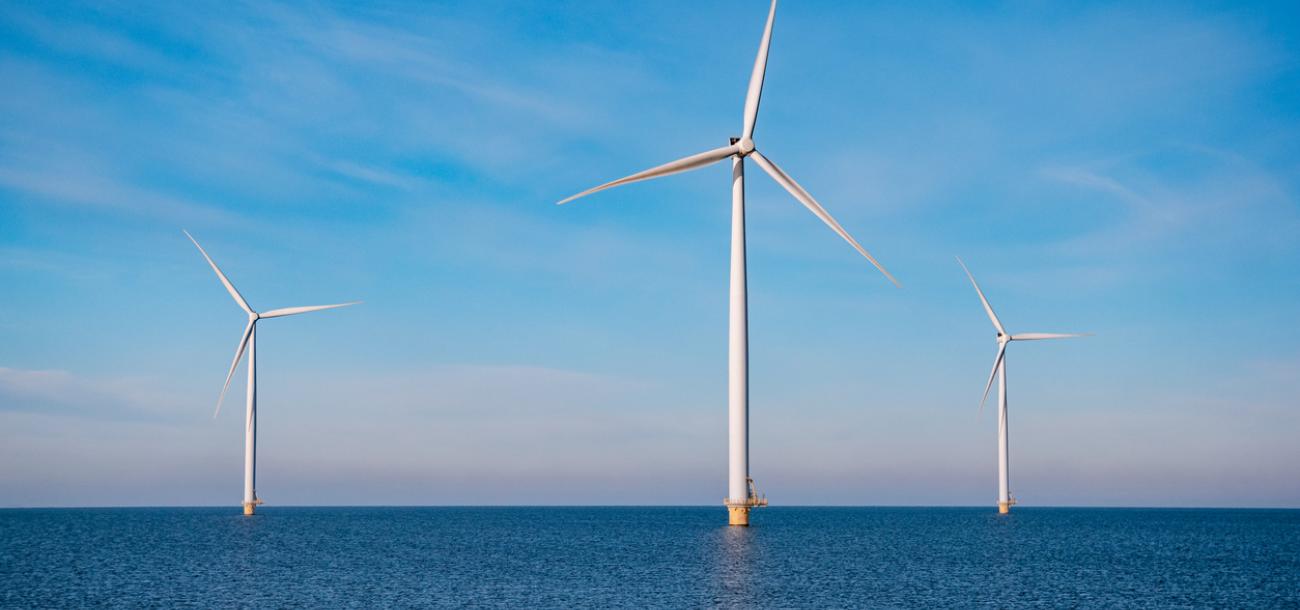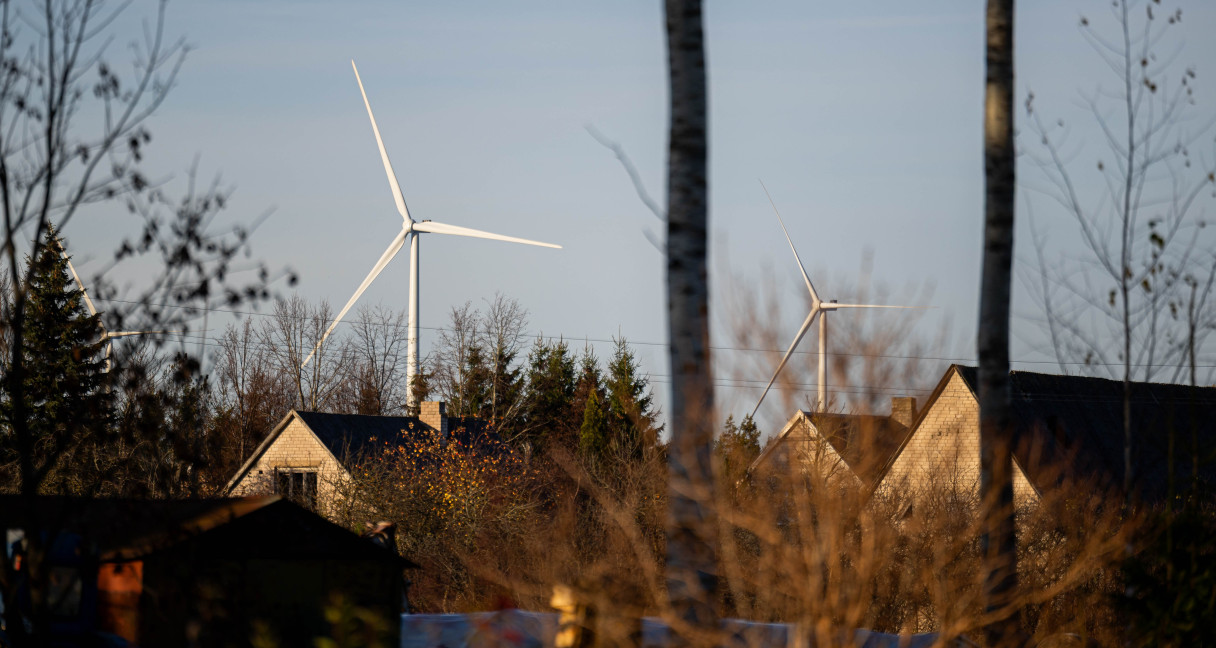Europe is turning towards the sea – the capacity of future offshore wind energy projects is twice as large as onshore
Last year marked a significant breakthrough for the European energy sector, with the offshore wind playing an increasingly important role in this transformation, helping not only to fight against climate change but also to ensure energy security and reduce dependence on fossil fuels.
2024 became a period of important changes for the European energy sector. According to the data of the European Commission, in the first half of last year, wind and solar power for the first time overtook power generation from fossil fuels. Renewables in Europe are estimated to have generated 30 percent of all energy, with fossil fuels at 27 percent.
The main source of renewable energy source in Europe is wind, and though more energy is still generated by onshore wind farms, more and more countries with coastline are turning their eyes towards water.
For example, according to the data of the European Wind Energy Association WindEurope, in the first half of last year, European governments held auctions for 19.7 gigawatt (GW) new wind farms. Wind farms of 6.5 GW capacity are planned to be installed onshore, while offshore wind farms are expected to have over twice the capacity at 13.2 GW.
These figures allow a forecast of future power generation and show evident rapid changes. For example, last year, new wind energy capacities of 15 GW were installed in Europe, of which offshore wind energy power accounted for 2.3 GW. Offshore wind farms are more effective and stable than those onshore, therefore countries with access to offshore wind want to benefit from this.
Actions by the big players of Europe
Countries with a long history of dependence on fossil fuel are actively turning towards the possibilities of power generation from offshore wind.
For example, Germany made impressive progress in this field by installing 0.7 GW new capacities. It is over twice the size than in previous years. A significant contribution to the development was made by new projects, such as the Baltic Eagle offshore wind farm in the Baltic Sea and the Gode Wind project in the North Sea. The total offshore wind generation capacity of Germany has reached 9.2 GW and satisfies a significant part of the electricity needs of the country.
The United Kingdom is also launching significant changes. The country closed its last coal-fired power plant last year, which had been in operation since 1967; the country’s dependence on natural gas is also rapidly decreasing.
Last year, wind energy became the largest energy source of the UK generating 29 percent of the country’s capacity, while according to the forecasts, gas will no longer be used for certain periods this year to generate power.
The United Kingdom also plans show the shift towards offshore wind power generation. Last year, the UK Government organised auctions for 5.3 GW offshore wind power generation capacity, leaving onshore generating capacity with 990 megawatts (MW).
A giant breakthrough is forecasted
Europe currently has offshore wind farms with the total capacity of 35 GW, but the European Environment Agency forecasts the capacity will reach 110 GW by 2030, and 320 GW by 2050.
According to the estimates by Canadian market research company Precedence Research, in 2023, the value of the European offshore wind power sector was USD 8.58 billion, which will increase to USD 56.3 billion by 2034.
“The offshore wind power is clearly turning into the cornerstone in the green transformation of Europe. This technology not only helps to cut down carbon dioxide (CO2) emissions but also creates new jobs, strengthens energy security and ensures a more stable power supply,” says Paulius Kalmantas, Communication Partner of international green energy company Ignitis Renewables.
He emphasises that power generation from renewable sources has been experiencing a significant breakthrough in recent years in Lithuania, while wind and sun already generate approximately two thirds of all power generated in the country. “Nevertheless, we have an enormous source of inexhaustible and green energy in the Baltic Sea, which we must use and walk in the same direction as the rest of Europe,” stated P. Kalmantas.





